The Dutch Water Defence Line is unique in the world, and for that reason, it has become a UNESCO World Heritage Site. In fact, you can see the entire UNESCO Dutch Defence Line as a museum. All the cities along the way and all the fortifications are historical and beautiful to explore.
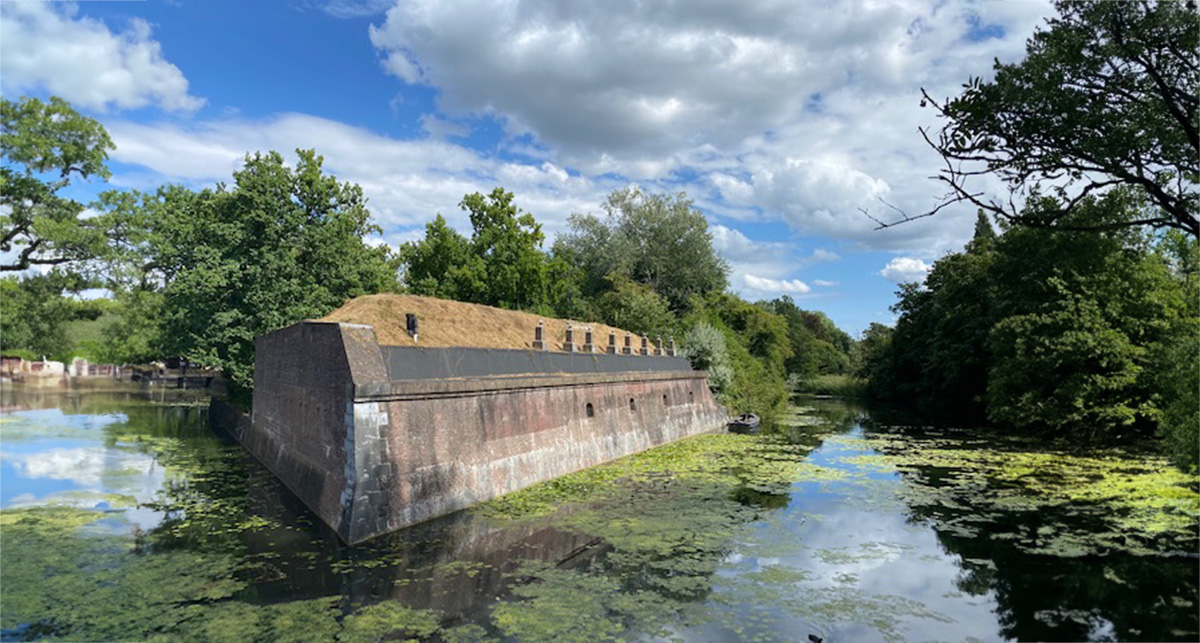
What does the UNESCO Water Defence Line consist of?
The Unesco Water Defence Line contains “The Stelling of Amsterdam” and “The New and Old Water Defence Line” and further it contains more than a 1000 water objects such as inundation canals, locks, dikes, hiding places, and military objects. The “Stelling” of Amsterdam is best translated as the “Defence Line” of Amsterdam.
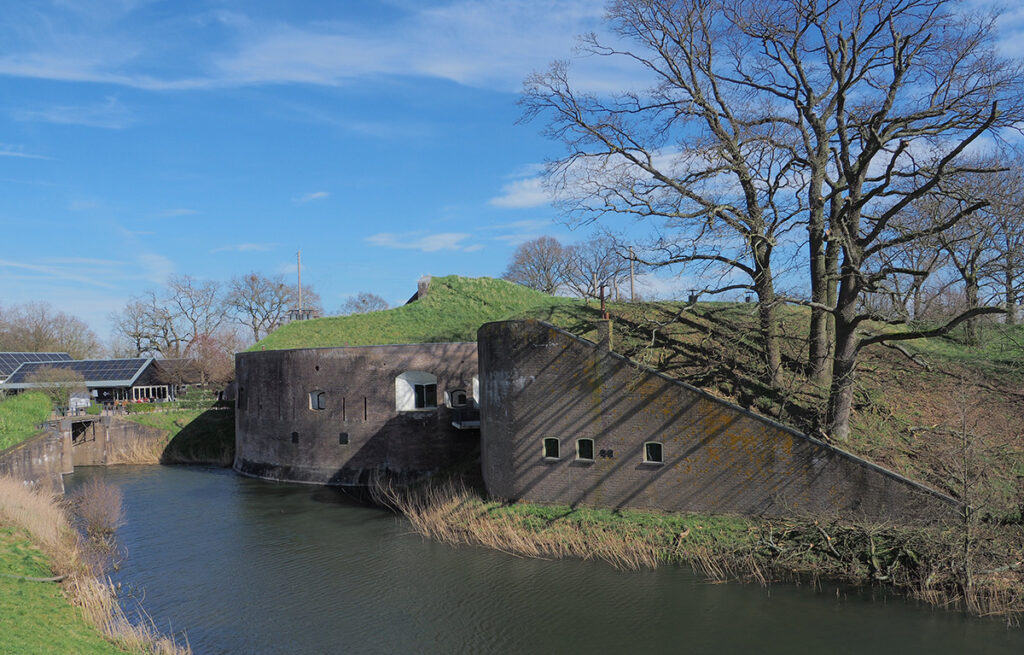
The Old and the New Water Defence line
The Dutch Water Defence Line is split into the Old and the New Water Defence Line. The total length of the Dutch Water Defence Line is about 200 kilometers.
➔ READ MORE – Map of the Water Defence Line and all the fortifications
Stelling of Amsterdam
What is there to know about the Stelling van Amsterdam? It is constructed between 1881 and 1914, and is a defensive line of 135-kilometer-long encircling Amsterdam. This UNESCO World Heritage site comprises 45 forts and a network of dams, dikes, sluices, pumping stations, engineering sheds, and bunkers. It’s a remarkable feat of engineering that showcases the ingenuity and strategic planning of its time. In the Amsterdam Museum you find an old map that shows a clear view of the defence line.
➔ READ MORE – Stelling van Amsterdam
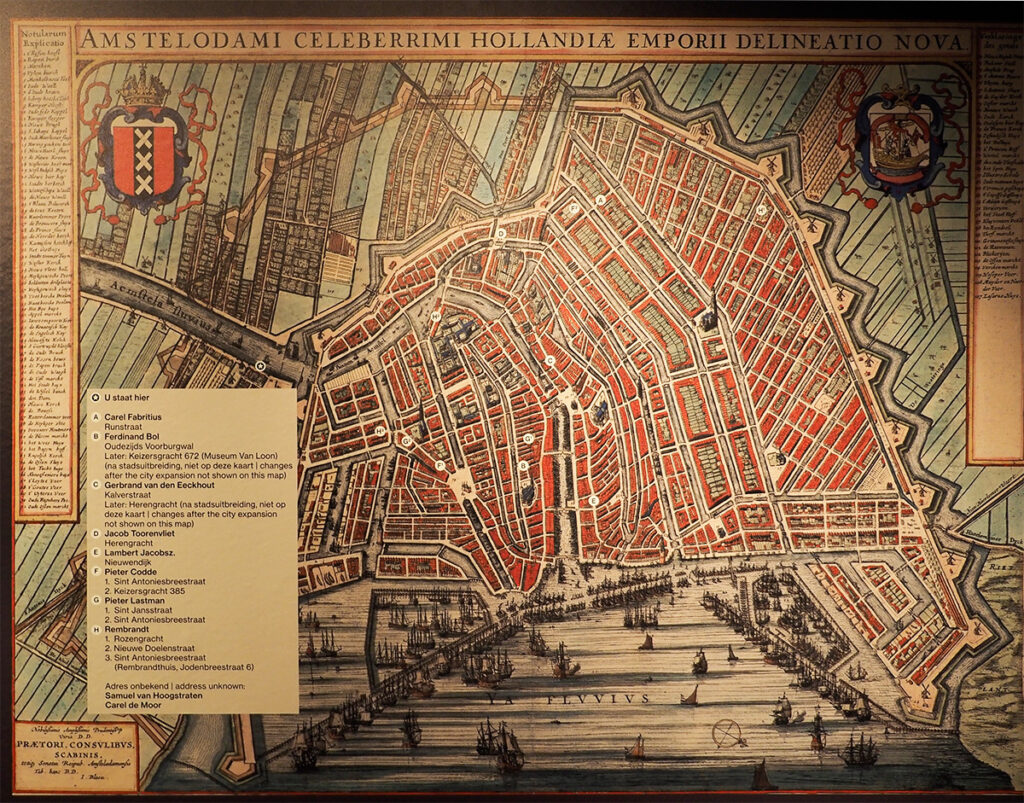
Official digital Information site of the Hollandse Waterlinie
The official website of the Hollandse Waterline is wonderful informative website, it is a digital information site. This website provides information about every single fortification, fortified cities, and castles along the Water Defence Line. You can also find a lot of information about accessibility, opening hours, and activities in several languages.
➔ READ MORE – UNESCO Hollandse Waterlinie
How did the Dutch Water Line arise?
In the year 1672, the French attempted to invade the Netherlands. The Dutch government responded by creating the Old Dutch Waterline, strategically flooding the polder land between fortified towns to create an impenetrable barrier. So the water was used in a very smart way to defend the cities from the enemy. Even in WW2, the inundation was used as a defense against the German invaders.
A “polder” is a relatively low-lying piece of land that has been permanently drained by humans.
Restoration of the fortifications
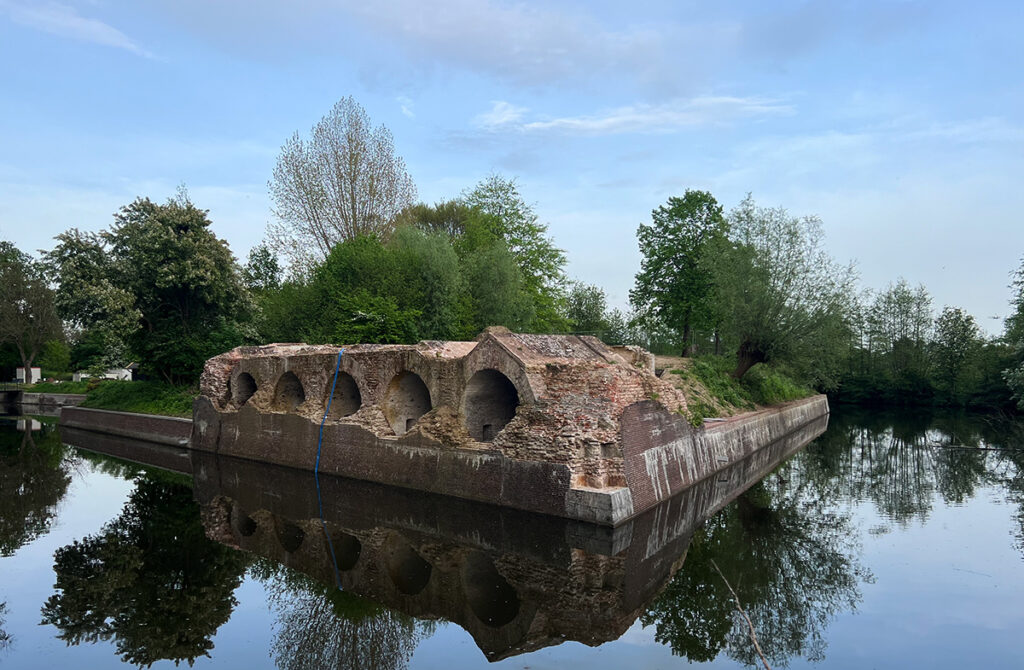
The Dutch Waterlines have undergone major renovations in recent years. Major highlights include the restoration of forts, batteries, waterworks and other historically important military structures. These efforts have revitalized the area, making it a fascinating destination for history buffs alike. The revitalized locations offer a unique glimpse into the past and combine heritage with natural beauty.
Water Defence Line Fortresses around the city of Utrecht
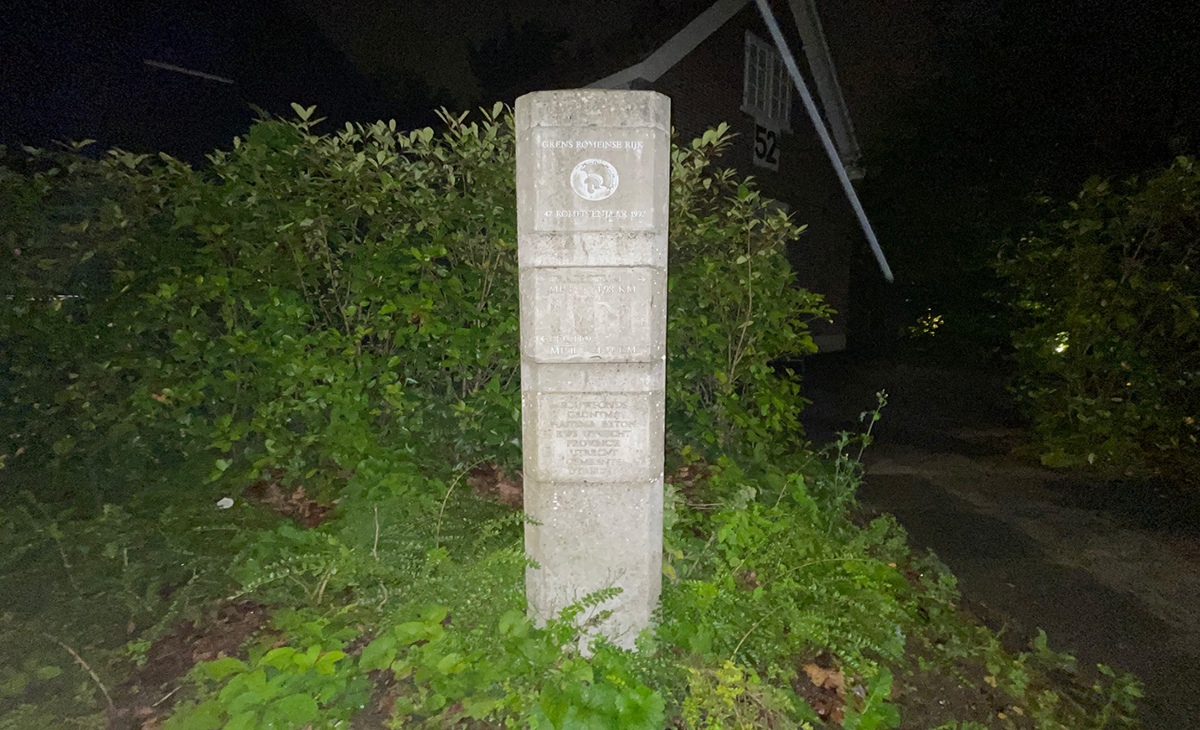
Utrecht is a very old city that originated as a Roman along the Limes. It was one of the first cities in the Netherlands to gain city rights in 1166. Utrecht is surrounded by 16 fortifications, also known as “The “Stelling” of Utrecht” or the “Defence Line” of Utrecht. Even the Hortus, Botanical garden at the Science Park Utrecht is located in a fortification.
➔ READ MORE – UNESCO Roman Limes
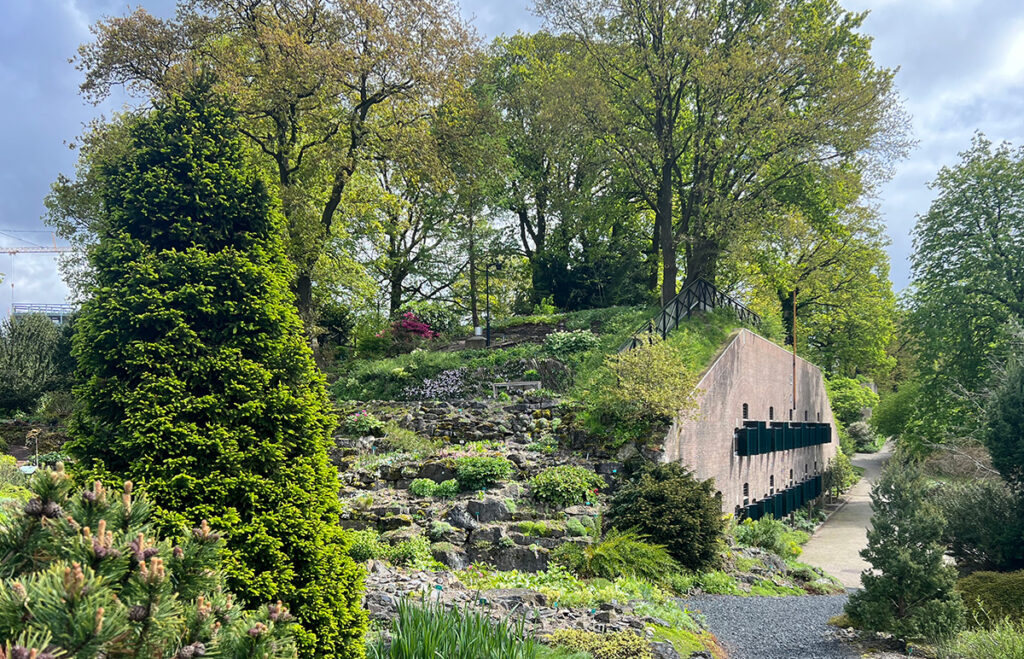
Waterline Fortress Vechten, Utrecht
The unspoiled beauty of the Waterline Fortress in Vechten near Utrecht makes it an icon of the New Dutch Waterline. Put this place on your bucket list. On this vast fortress, you find the Waterline Museum. It reveals all the secrets of the main strategic military defense system of the Netherlands, which for centuries was based on flooding the land between 46 fortresses protecting the main cities in the west of the country.
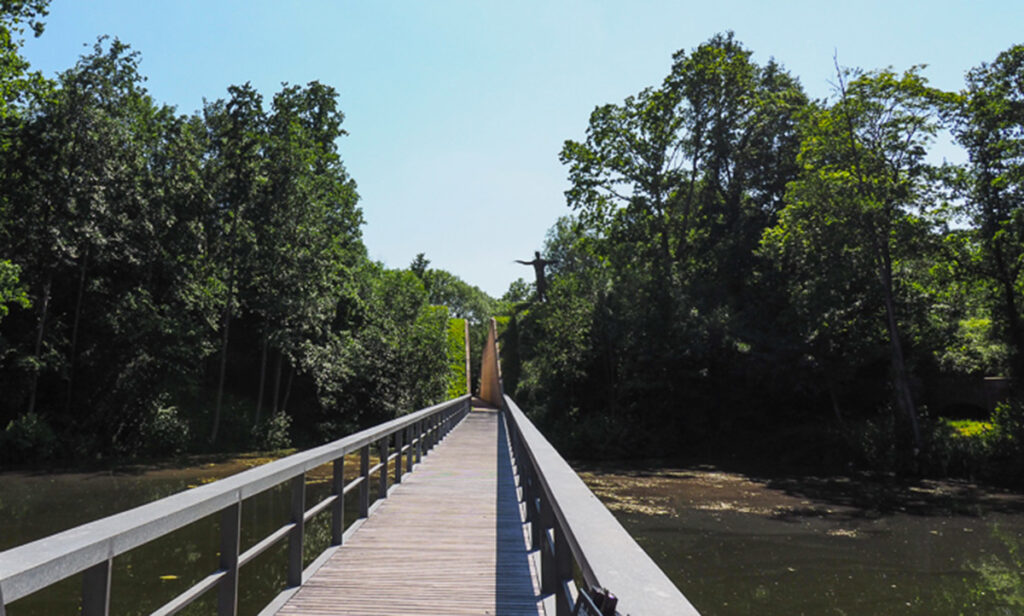
The history of the Dutch Water Defence Line
The concept of Dutch Water Defence Lines goes from the 16th century till the 19th century. The most notable developments occurred in the 17th century and later. The Old Dutch Water Line (Oude Hollandse Waterlinie) was established in the early 17th century. The New Dutch Water Line (Nieuwe Hollandse Waterlinie) was developed in the 19th century, building on the earlier system and expanding it.
Which cities are located along the Dutch Water Defence line?
The cities that are located along the Dutch Water Defence Line contain still most beautiful historic buildings and remnants of the fortifications, they are great to visit, and most of the fortification walls are walk able.
Cities located along the Old Dutch Water Defence Line are:
Gorinchem, Leerdam, Culemborg, Nieuwpoort, Woerden, Oudewater, Schoonhoven, Woudrichem and Castle Loevenstein
➔ READ MORE – Map of all the old and new Dutch Water Defence Line Fortifications
➔ READ MORE – Nieuwpoort
➔ READ MORE – Schoonhoven and the Silver Museum
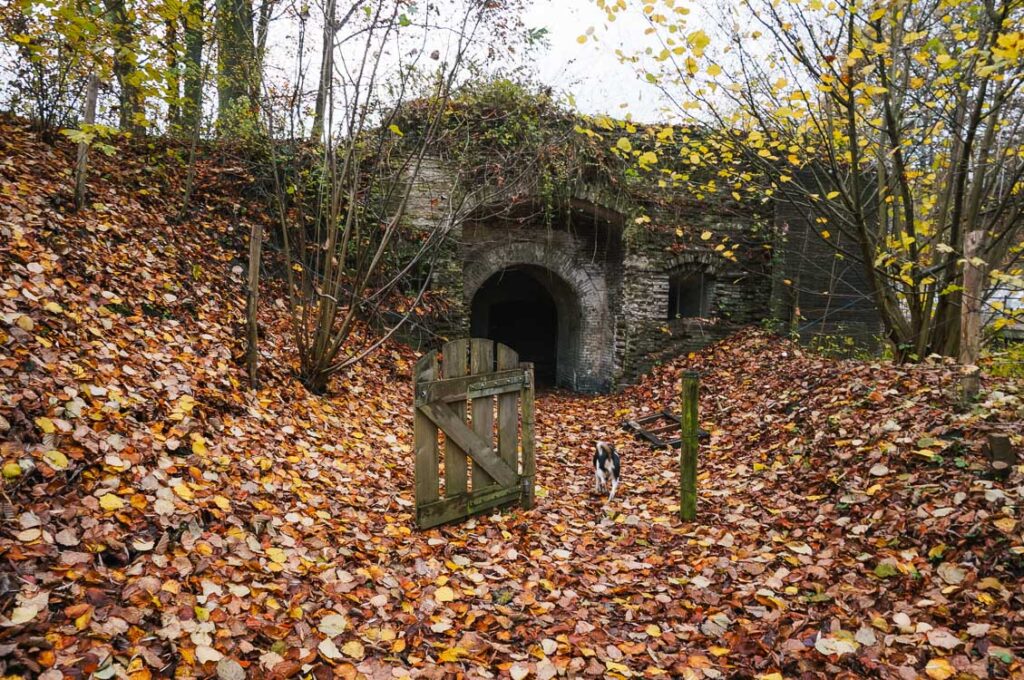
Make a virtual reality tour at the museum over this military stronghold. Imagine a 200 km long ribbon with more than a hundred fortresses and five fortified cities. Connected by more than a thousand military objects: inundation channels, locks, dikes embankments, and fortresses. in 2021 the New Dutch Waterline became a UNESCO World Heritage.
➔ READ MORE – Water Museum The Hollandse Waterlinie: Fort bij Vechten, Achterdijk 12, Bunnik

Inundation, why and what is happening during inundation?
Inundation refers to flooding or the deliberate flooding of land. It occurs naturally as a result of excessive rainfall, river flooding or coastal storm surges, but it can also be caused artificially for strategic, agricultural or ecological purposes, for example in war. During a flood, an area becomes covered with water, which of course has consequences for the local ecosystem, infrastructure, material consequences, damage and disrupts daily life.
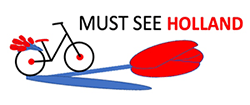

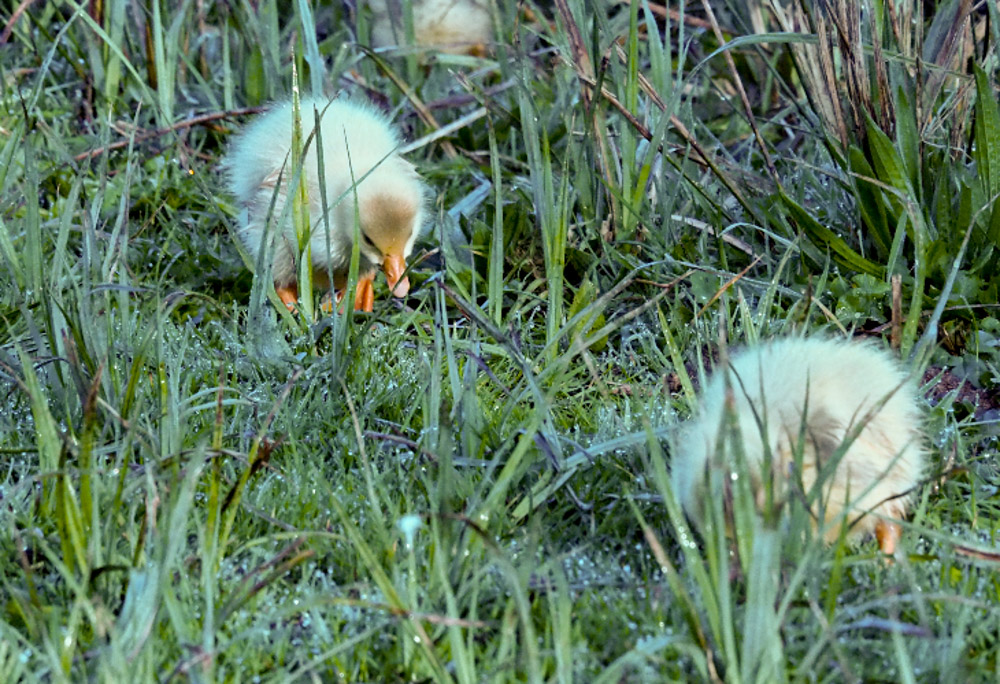
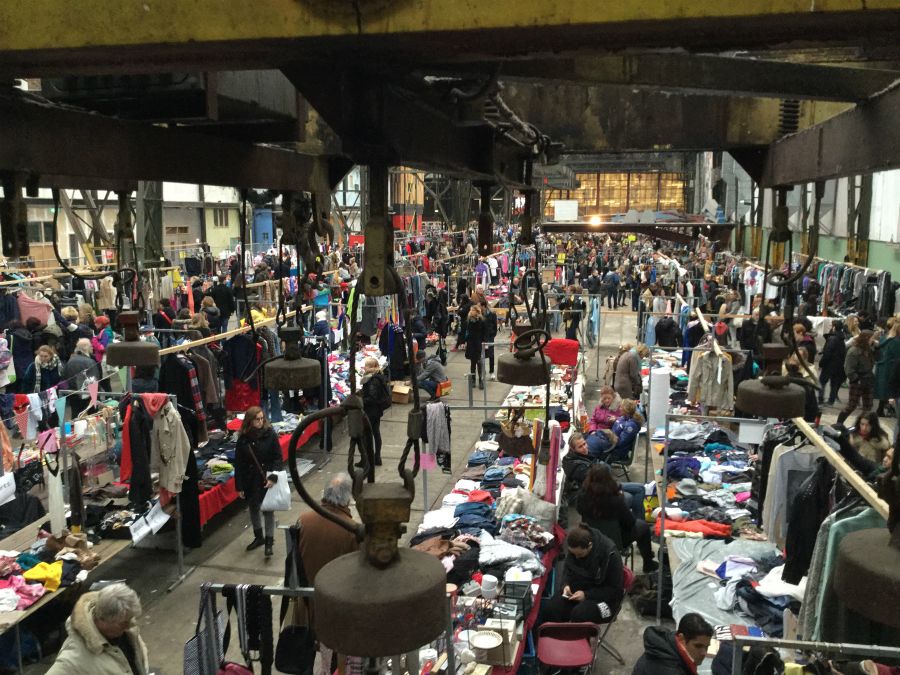




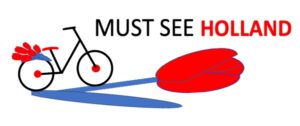

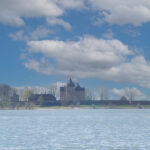
Leave A Reply